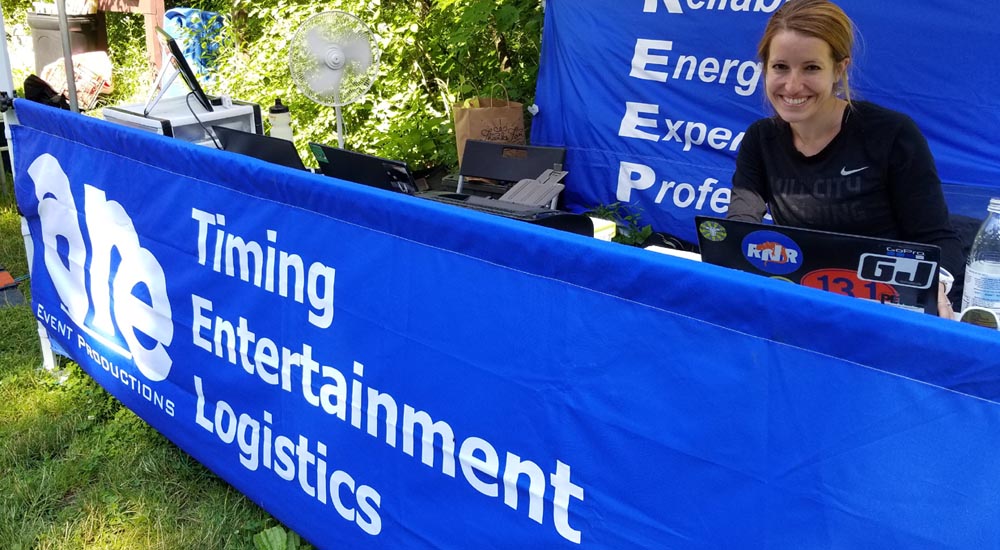Perfecting the Art of Flawless Video Projection on Arched Screens for Breathtaking Visual Audience Experiences
Perfecting the Art of Flawless Video Projection on Arched Screens for Breathtaking Visual Audience Experiences
Blog Article
Video mapping is an exciting technique that enables images and videos to be displayed onto surfaces, creating stunning visual encounters. When it comes to curved areas, perfecting this art can be a bit more challenging than projecting onto flat surfaces. Curved surfaces can include anything from the sides of structures to art pieces and even stages. Understanding how to efficiently project footage onto these shapes is crucial for creators, designers, and event organizers who want to develop engaging environments that captivate audiences.
The initial step in footage projection on rounded areas is to understand the geometry of the area. Curved surfaces can be complex, with different degrees of bend. To achieve a seamless projection, it is important to build a 3D model of the surface. This model helps in visualizing how the video will appear when cast. Applications tools are available that permit users to develop these representations and mimic the projection. By accurately mapping the dimensions and shapes of the area, creators can ensure that the video aligns perfectly without distortion.
Once the 3D model is ready, the next phase is to edit the footage material. This involves modifying the video to suit the specific shape and dimensions of the try this rounded area. It is crucial to consider the perspectives and viewpoints from which the audience will observe the projection. The content should be designed to enhance the aesthetic encounter, making it engaging and relevant to the concept of the occasion or installation. Using high-quality visuals and motion graphics can significantly enhance the total effect of the projection.
After preparing the material, the real projection process starts. This includes setting up the projectors at the appropriate positions and distances to ensure that the footage aligns with the 3D model. Adjustment is a crucial part of this process. It may necessitate modifying the luminosity, contrast, and focus of the devices to achieve the best outcomes. Additionally, using multiple projectors may be required to encompass larger or more intricate areas. This technique, known as edge blending, helps form a continuous image across the whole area.
Finally, testing the display is crucial before the final show. This allows creators to make any required adjustments to the video and device settings. It is also an opportunity to see how the viewers will experience the display from various viewpoints. By confirming that the footage mapping is flawless, designers can deliver a remarkable visual experience that creates a lasting impact. Perfecting video projection on curved areas not only improves artistic output but also opens up new possibilities for narrative and audience interaction in various settings.